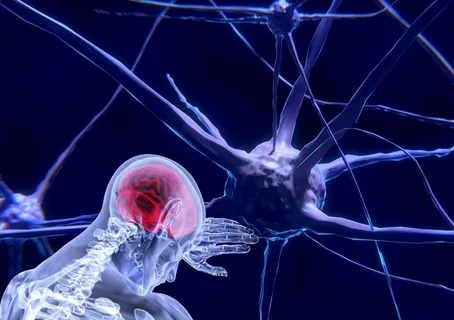A recent study conducted by Ryan W. Logan, Ph.D., a professor of psychiatry and neurobiology, has identified mutations in key brain cells in individuals with chronic opioid use. These findings could provide new insights into treatment approaches for opioid use disorder.
Dr. Logan emphasized the importance of understanding the mechanisms involved in brain healing to develop effective treatments. The study, which was published in Nature Communications, involved researchers from multiple institutions including Carnegie Mellon University, University of Pittsburgh School of Medicine, and Harvard Medical School.
While treatments like methadone and buprenorphine have shown effectiveness in reducing cravings, a high percentage of individuals still experience relapses. With the prevalence of potent drugs like fentanyl, relapse can have severe consequences, including fatality.
The study focused on the dorsal striatum region of the brain, crucial for the transition from occasional drug use to compulsive drug use. By utilizing single nucleus RNA sequencing, researchers identified changes in gene expression related to inflammation and DNA damage in individuals with opioid use disorder.
Inflammatory changes were observed in the striatum of individuals with opioid use disorder, affecting both microglia and neurons. This study also highlighted an enrichment of genes associated with DNA damage in certain cell types, particularly neurons, among individuals with chronic opioid use.
Similar changes in DNA damage markers were observed in animal models exposed to chronic morphine, indicating a link between chronic opioid administration and DNA damage accumulation. These findings could have significant implications for understanding the pathology of diseases like Alzheimer’s.
Dr. Logan stressed the importance of further research to unravel the connections between chronic opioid use, brain cell changes, and DNA damage. By understanding these mechanisms, new targeted treatments for opioid use disorder and potentially other neurodegenerative diseases could be developed.
*Note:
1. Source: Coherent Market Insights, Public sources, Desk research
2. We have leveraged AI tools to mine information and compile it




